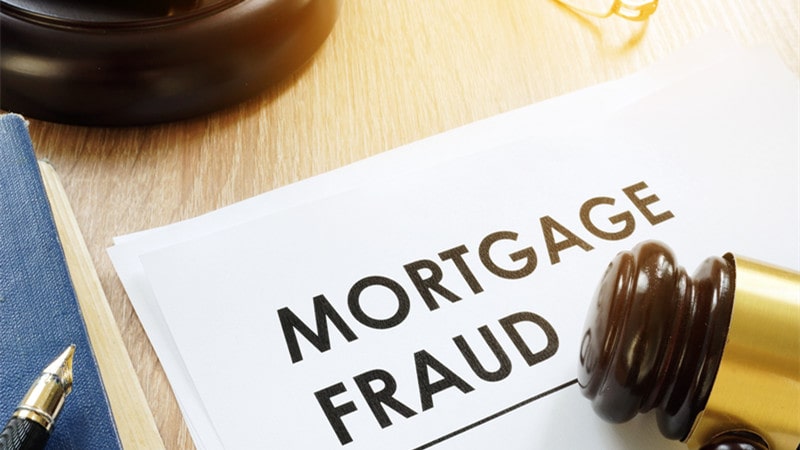Mortgage fraud is an ongoing scheme to steal cash and equity from lenders or homeowners. It can be committed by loan applicants, real estate brokers, property developers, appraisers, and others. Identifying mortgage fraud often requires examining a loan file and scrutinizing documents such as payslips, employment records, bank statements, etc. Look for red flags such as non-arms length transactions and a sudden change in financial behavior or credit history.
Unusual Documents
Mortgage fraud can come in a variety of forms. Some examples include inflated property appraisals, straw borrower schemes, and illegal property flipping. A skilled mortgage fraud lawyer can comb the fine print to find red flags. They can also question involved parties under oath to get admissions and prove fraudulent intentions. There are two main types of mortgage fraud: fraud for housing and fraud for profit.
Both involve borrowers and industry professionals misstating, misleading or omitting information regarding employment and income, debt and credit, and property value and occupancy.
The biggest mortgage fraud red flags are phony loan applications, credit documentation discrepancies and property and appraisal scams. Identity theft and falsified income/assets are other big mortgage fraud risks. A mortgage fraud attorney can help recognize these red flags in advance and protect your business.
Fake Documents
Mortgage fraud involves deception used to fund, purchase or insure a home loan. It can affect any party, including borrowers, lenders, mortgage brokers, appraisers, real estate agents or any combination of these professionals. Fraud for-profit schemes involve individuals misusing the mortgage lending process to steal cash and equity from lenders or homeowners.
In one of these schemes, a person known as a straw borrower uses their good credit to buy a property on behalf of another individual who will occupy and pay for the house. This form of mortgage fraud can include falsified income documents, a quit claim deed or even a fake appraisal report. Mortgage fraud scams are often perpetrated by mortgage industry insiders who have specialized knowledge or access to the information necessary to commit the crime.
Inconsistencies
Mortgage fraud can occur when someone uses false documents or information to obtain a mortgage loan. Borrowers and mortgage industry professionals can commit This type of fraud. Examples of this kind of fraudulent activity include inflated appraisals, false income statements, and fabricated employment records. It also consists of a borrower applying for a mortgage on behalf of someone else (called a straw buyer) to get better loan terms.
Foreclosure rescue scams involve homeowners behind on their mortgage payments and risk losing their homes to foreclosure. These scammers enlist help from people who pose as mortgage specialists and brokers to make promises of lower mortgage rates or terms in exchange for a fee.
Bad Credit
Mortgage fraud is a serious offense that can harm homeowners and the overall financial system. It can also lead to significant penalties, including lengthy imprisonment and fines.
Fraud-for-profit schemes aim to exploit the mortgage lending process to steal money and equity from lenders and homebuyers. These scams involve false information from loan officers, appraisers, mortgage brokers, and other professionals. People with poor or no credit are often the targets of fraudulent activities. Other warning signs include:
• Overpriced sales and appraisals.
• Property flipping.
• The use of straw buyers to purchase homes and make mortgage payments.
A straw buyer is a person who buys a house on behalf of someone else, typically a real estate professional or investor. They then transfer the property to the investor through quit claim deeds.
Inconsistencies
Mortgage fraud can take many forms. It can involve fraudulent loan applications, falsified income, property and appraisal scams, mortgage wire fraud and REO fraud. It can be committed by borrowers, mortgage professionals and other interested parties involved in the real estate transaction. It can also be achieved by a straw buyer different from the intended borrower.
One of the easiest ways to spot fraud is when there are inconsistencies between the credit report and the loan application. Another is when the math doesn’t add up on the loan documentation. REO fraud involves illegitimately buying and selling foreclosed properties. It can also affect property owners who rig the resale process by hiring their appraiser to provide a bogus value. This type of fraud is usually committed for profit.




